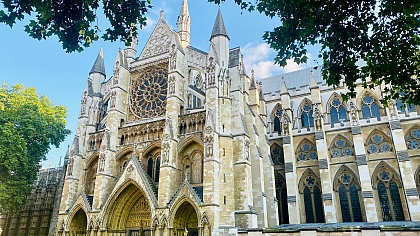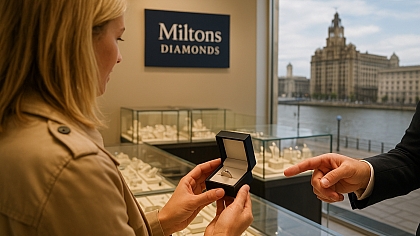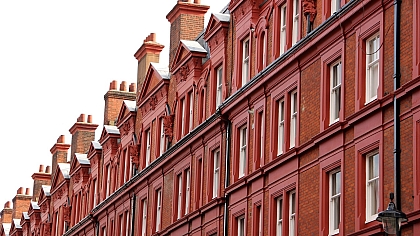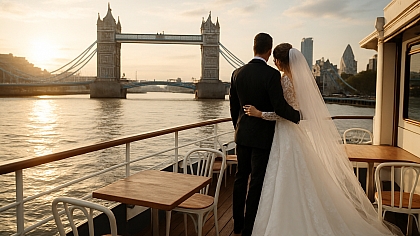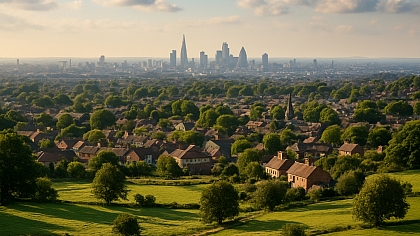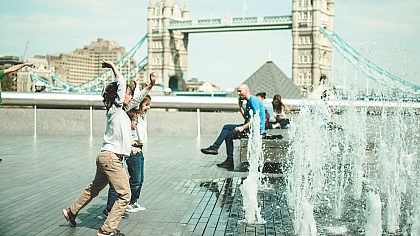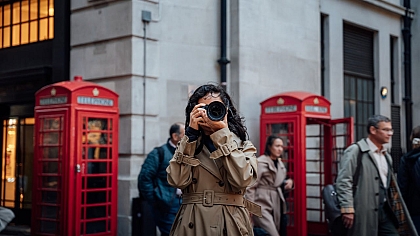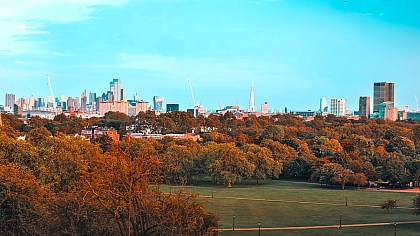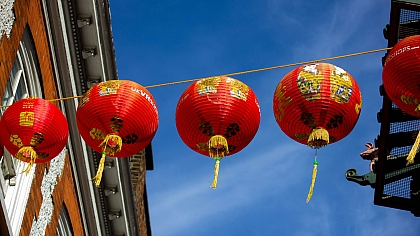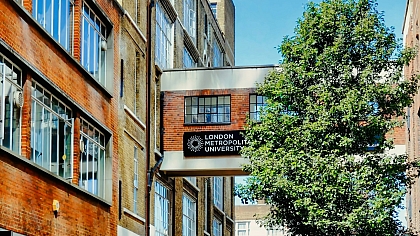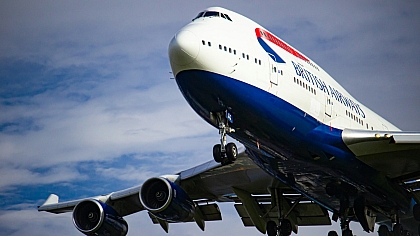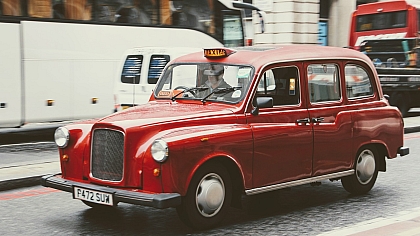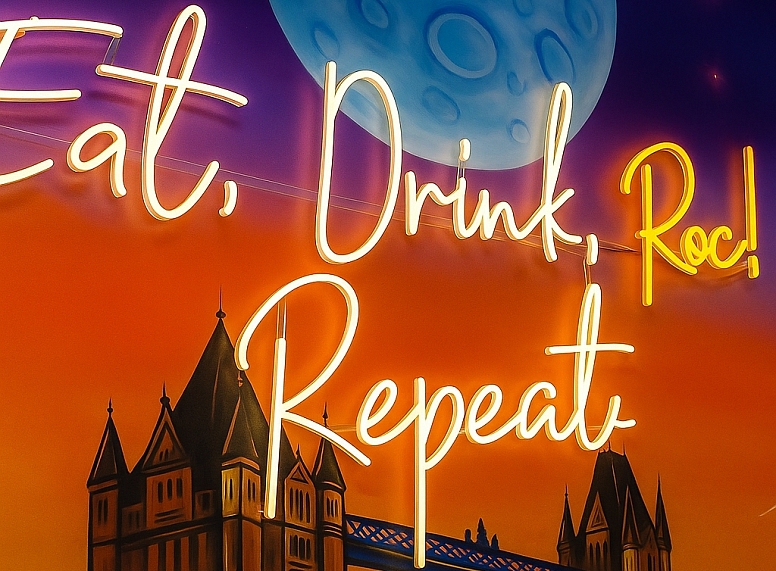
The Power of Signage in London’s Crowded Streets
London is a city that thrives on the hustle and bustle and high energy that you’d expect from a Capital City. As a business, though, this means continually vying for business. Every corner is packed with stores, restaurants, and offices, all competing for attention with glossy billboards, digital ads and barkers. But amongst this constant buzz, the quiet hero of marketing is often overlooked: signage.
Signs guide us every day, whether it’s helping us spot a café entrance, find the right office floor, or simply identify a house number. For businesses, though, they’re much more than markers. They’re brand ambassadors working nonstop to attract foot traffic and shape first impressions.
Why Signs Deliver Value
Unlike paid ads or one-off campaigns, your sign is always “on” and positioned right where it matters most. That makes it one of the most affordable marketing assets long-term. The International Sign Association estimates businesses see a minimum 10% sales lift from strong signage, and in London, with its constant stream of passers-by, the impact can be even higher.
What the Data Tells Us
Custom Neon has worked with countless London brands, from boutique salons to buzzing restaurants, and surveyed consumer attitudes toward signage. Their findings are eye-opening:
- 77% struggled to find a business due to poor or missing signs
- 76% entered a store purely because of a sign
- 66% admitted signage gave them a negative perception of a business
- 79% believe signs reflect quality and professionalism
- 75% have made purchases because of signage
- 70% are less likely to walk into a shop with no sign at all
- 85% are attracted to bright, colourful displays
- 72% think signage is more important than social media ads
These figures underline that a sign is not merely cosmetic, or a “nice to have"; they impact decisions and effectively your bottom line!
Lessons from London’s Most Iconic Signs
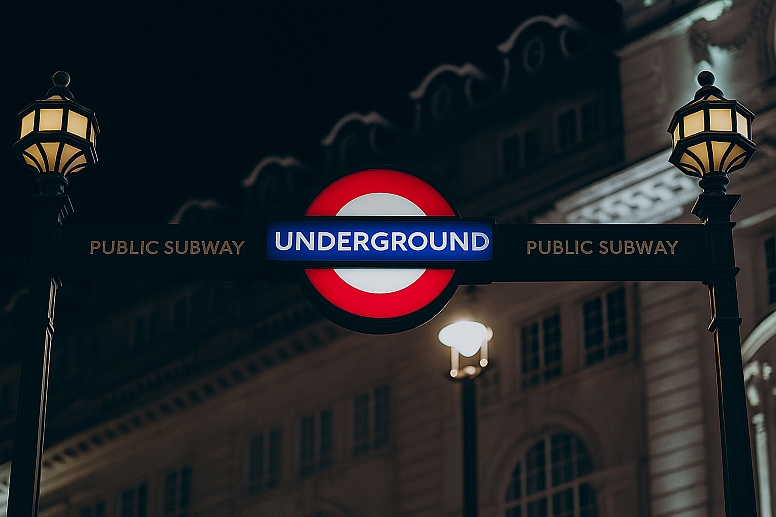
London itself offers some of the best examples of how signage can become timeless. The Underground roundel, with its red circle and blue bar, has been instantly recognisable for more than a century. It shows the power of clarity and consistency in design. Westminster’s classic black-and-red street nameplates demonstrate that simple typography can achieve elegance while remaining practical.
The illuminated billboards of Piccadilly Circus prove how evolving technology can keep signage relevant while retaining historic character. Carnaby Street’s arches, emblazoned with a warm welcome, show how signage can create a sense of place and atmosphere. Even the modest Abbey Road street sign, elevated by its association with The Beatles, demonstrates how signs can carry cultural weight far beyond their original function.
Each of these examples reinforces that effective signage is about more than visibility. It is about identity, consistency, and the ability to connect with people on a deeper level.
Finding Your Edge
Great signage in London does not look the same everywhere. Neon might set the right mood in Shoreditch, while Mayfair may call for sleek, minimalist branding. The essentials, however, do not change. Visibility, clarity, and a design that reflects your brand personality are what make a sign effective.
If you want your business to be remembered, invest in signage that does more than inform. It should engage, create a sense of place, and resonate with customers. In a city as competitive as London, your sign could be the reason someone chooses you over the shop next door.
